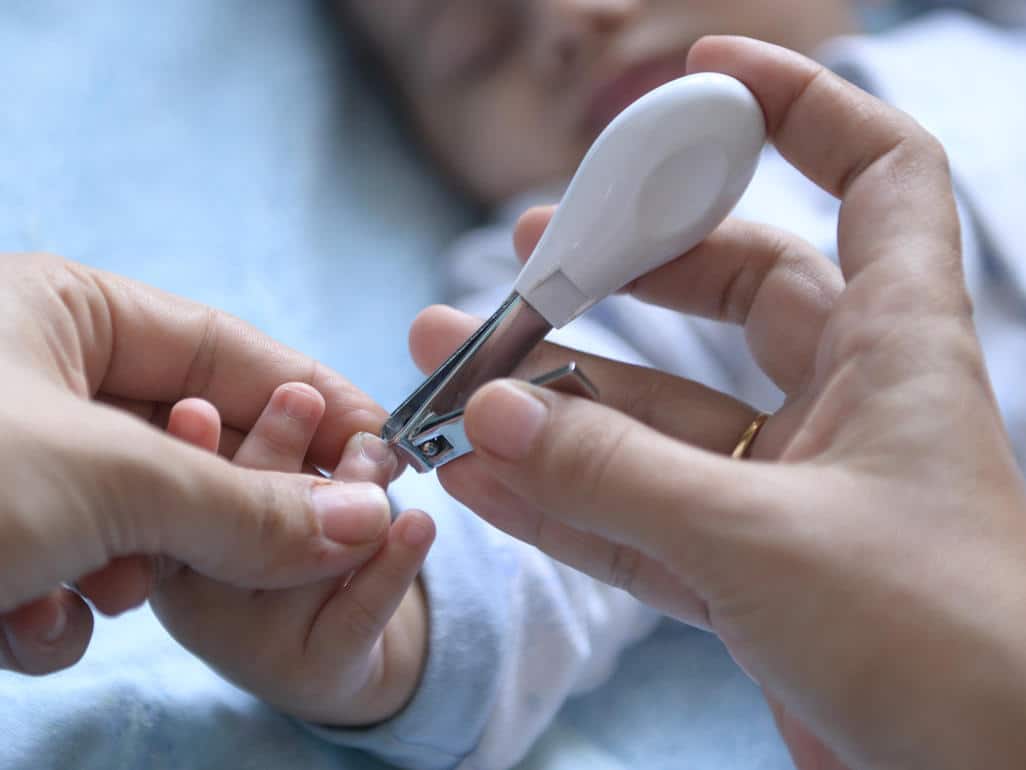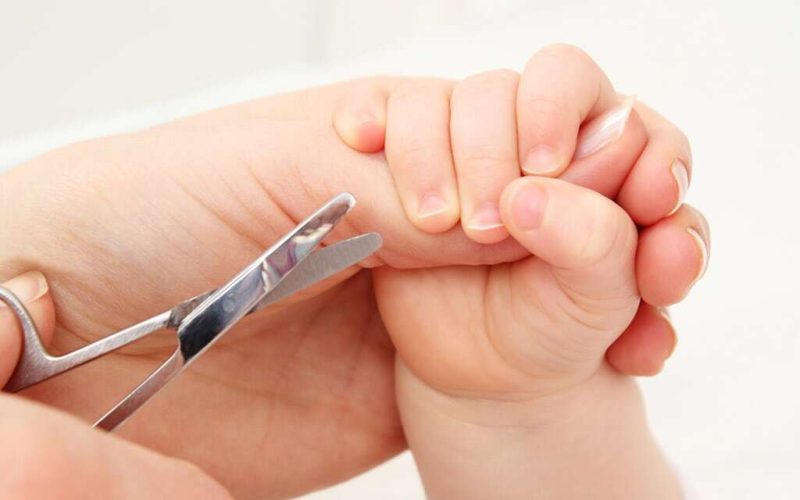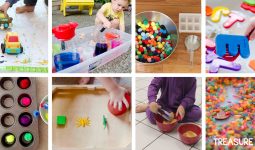Babies’ nails are usually softer and more pliable than ours, but they can still cause scratches and need more regular trimming.
Trimming your baby’s fingernails can be a scary proposition, but it’s still one you’ll need to undertake sooner rather than later.
Like the rest of their body, the fingernails have been growing even before they were born, so they may be well ready for their first manicure in the first week of life.
There are some successful secrets for clipping your baby’s nails, and they are as follows:
- File them down: Filing your baby’s nails might be risky because of her tender skin. So, to avoid harming their skin, an Emery board is the safest way to do it, and the file should not be a metal file. You can also use an electronic file to remove the sharp edges before cutting.
- Use a baby nail clipper: Gently clip your baby’s fingernails with an Emery board. You must push back the fingertip from the nail to allow space for the clipper. This also applies to toenails. Keep a firm hold on your baby’s hand or foot as you clip. Short little clips above the white nail line will help prevent clipping too close.
- Clip while baby sleeps: Wait till the baby is asleep before you clip, and make sure you have adequate light for the task. If you are lucky, they may be asleep while you are clipping their nails and won’t wiggle or squirm.
- Distract and relax: Try to distract your baby while cutting their nails. Newborns tend to clench their fists often, so the perfect time for clipping your baby’s fingernails is right after a bath. To distract your baby, try singing his/her favorite songs or getting one of their favorite relatives close to them. Otherwise, one might incur an accident during trimming.
- Seek help: Before you clip your baby’s nails, seek help from a more experienced parent. If you decide to do it yourself, get a favorite uncle, aunt, or relative to help distract her while clipping the nails.
- Put on the mittens: If your baby’s nails are too sharp and you can’t cut them at that point, apply mittens on your baby’s hand to prevent scratching, especially when she is asleep. If you do not have mittens for your baby to wear while asleep, wear socks on her hands.

A parent should get a personal kit for their baby. This is because sharing clippers with another is unhealthy, especially for babies. Your baby’s kit should have a nail clipper, scissors, an Emery board, and a first aid kit.
Do not purchase clippers or filings made for adults or much older kids. According to The National Institute of Health, they are too big and rigid for a baby’s tender toenails and fingernails.
Some stores sell clippers with a safety guard and a special sight so you can see your child’s nails better while you cut.
If you are curious about the best type of trimmers and tools for your baby, ask your pediatrician for their most trusted options.
Knowing when to cut your baby’s nails and when to avoid the practice altogether is also helpful.
If your baby is tired, hungry, or needs a diaper change, she will probably be too fussy for a trimming.
Offer her food, nap, or change her diaper before you grab your toolbox. The calmer your child feels, the less she will move around and cause you more anxiety. Toenails do not need cutting quite as often as the fingernails.
On the other hand, the fingernails should be trimmed weekly if possible because they grow faster than the toenails.
Some parents bite their babies’ fingernails, but it’s not recommended because it can introduce germs and leave the baby’s nails ragged. Plus, it’s easy to bite into the baby’s soft flesh.
If the worst happens and you nick a finger or toe, don’t fret. Just rinse the cut with cool water and cover it with sterile gauze or cloth.
Apply a little pressure and hold it briefly. The bleeding usually stops quickly. You can apply some antibiotic cream, but avoid bandages, which could cause the baby to choke.
When you are attentive to your baby’s fingernails, she is less likely to suffer from uncomfortable infections or pesky ingrown toenails.
A regular nail grooming schedule is also helpful in preventing injury to you or your child from poking or scratching.
If you inspect their nails while bathing or putting them to sleep, you will know when to cut or file them down.
Besides making your infant’s hygiene easier, excellent nail care is the foundation for healthy hands and feet for a lifetime.








